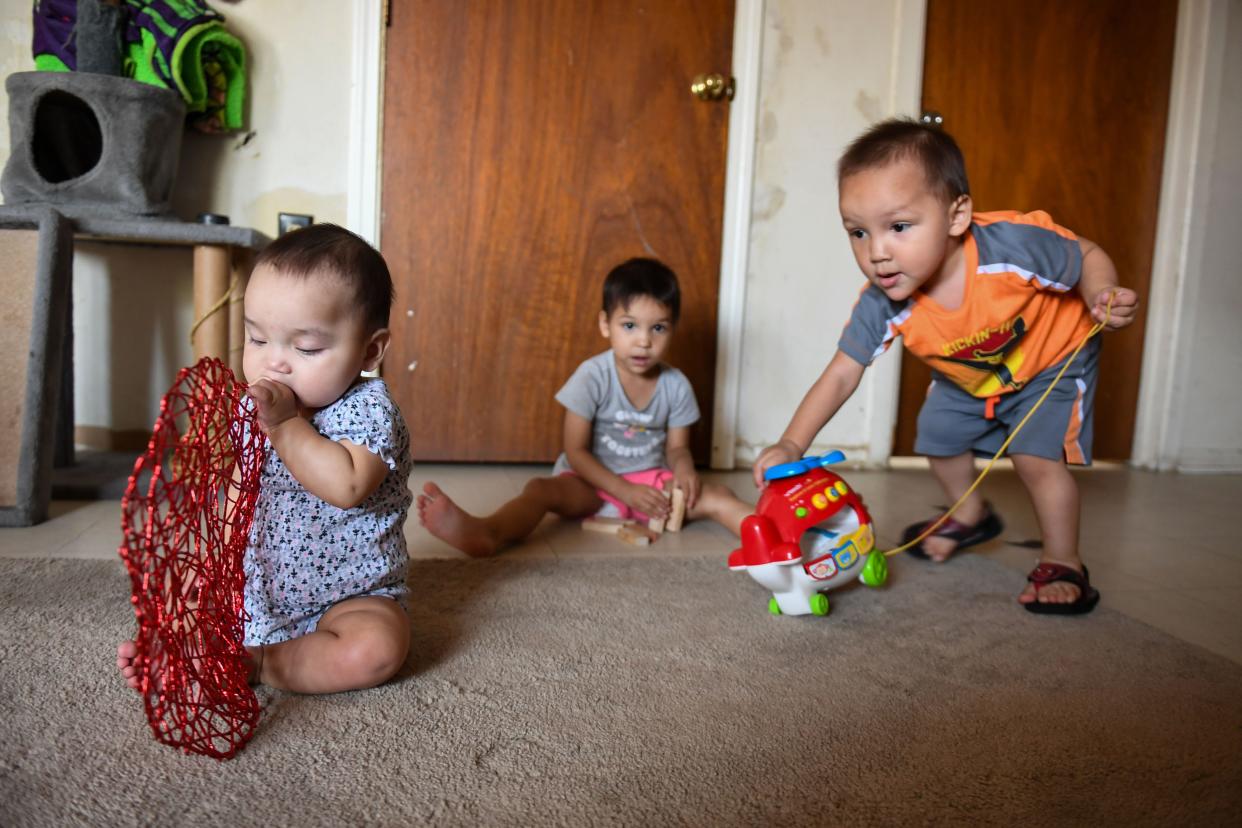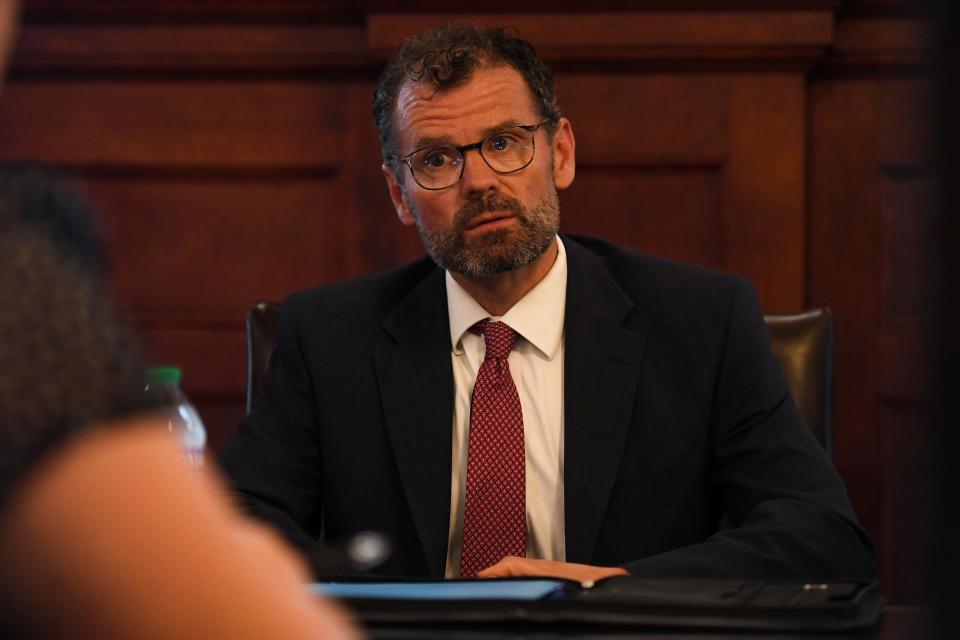DSS will not ask for funding related to enhancing kinship care in South Dakota

PIERRE — The Department of Social Services told lawmakers Jan. 16 that it would not be asking the Legislature for funds related to addressing the disproportionate rate of Native American children placed in the foster care system.
Rep. Linda Duba, D-Sioux Falls, asked DSS Secretary Matt Althoff if the department would be addressing any of the issues raised in "The Lost Children," a recent investigative series published by an Argus Leader-South Dakota Searchlight partnership that found Native American children continue to disproportionately account for the number of South Dakota children in state foster care, in another DSS budget hearing, set for Feb. 12.
Althoff told Duba though he participated in interviews for the series, “None of that reporting… none of that has led to an appropriation request or proposal for us. So no, we do not plan to address that reporting.”

The investigation found 74% of children in foster care are Native American despite Native Americans making up 13% of the state’s population. And while foster families receive federal and state financial aid, most kinship families — close blood-relatives of the children, typically a grandparent or an aunt or uncle — receive little to no financial aid. That can be a huge barrier for relatives making the decision to accept a kinship placement.
More: The Lost Children: An Argus Leader/South Dakota Searchlight investigation into ICWA in SD
On top of the struggles kinship families face, the 10-part series found foster families face problems with retention and they're requesting more access to keeping their foster children connected to their cultures.
Foster children are sent hours away from their homes and communities because of a lack of foster homes on the western side of the state, the investigation found.
During the DSS budget hearing, the department reported increases in businesses and nonprofits that support foster families through Gov. Krisi Noem’s Stronger Families Together initiative. Church involvement and the participation of wrap-around volunteers also increased.
More: Where the money goes: Foster families get paid, relatives caring for children get nothing
DSS did not speak to how many children were in foster care, how many foster homes the state currently licenses and reunification statistics during the hearing.
During fiscal year 2023, there were 1,544 children in foster care in any given month on average, according to DSS Child Protection statistics.
Additionally, there were 808 foster homes, 89 of which were Native American, as of July 2023, according to DSS. That’s a decrease from 2022, when there were 865 foster homes, 98 of which were Native American.
More: What’s being done to address overrepresentation of Native children in SD foster care system
Duba and Sen. Red Dawn Foster, D-Pine Ridge, told the Argus Leader they wanted to get more information from DSS regarding foster care and how the department was looking to address issues raised by the series to meet the needs of the children.
Foster brought a bill in 2023 that would have created a two-year taskforce to examine issues and gather data on Native American children within South Dakota’s child welfare system.
“We have heard consistently that the Governor supports foster families,” Duba said. “This does have impact, kinship is important, both culturally and for those children.”
Government officials, tribal leadership, child welfare advocates and lawmakers all agreed the overrepresentation of Native children in the state's foster care system needs to be addressed. Gov. Noem said in September the state can't solve the problem alone with "a program and a payment.”
"You've got to have prevention and intervention and training and services for when these families have a crisis," Noem said. "By only talking about these kids when they're already in the foster care system, that will do nothing to guarantee that we're not sitting here in 10 years again."
More: What’s being done to address overrepresentation of Native children in SD foster care system
The state has taken steps to address behavioral health and addiction problems families may face as a way to prevent the removal of children.
Additionally, tribes are licensing foster families and are creating foster villages, which are meant to keep Native children in their communities and cared for by staff who are licensed foster parents.
This article originally appeared on Sioux Falls Argus Leader: South Dakota DSS will not be adding funding for kinship care in 2024

